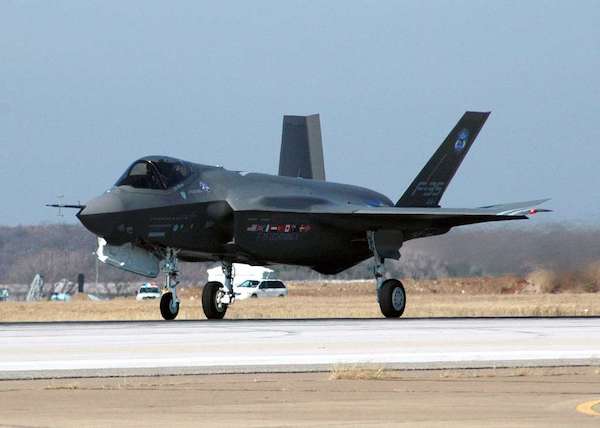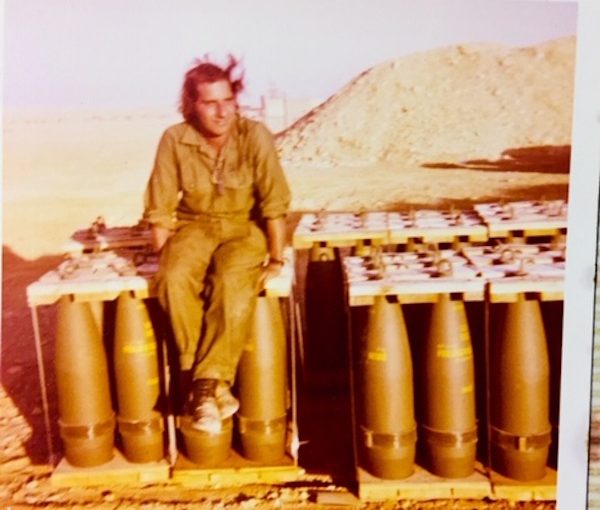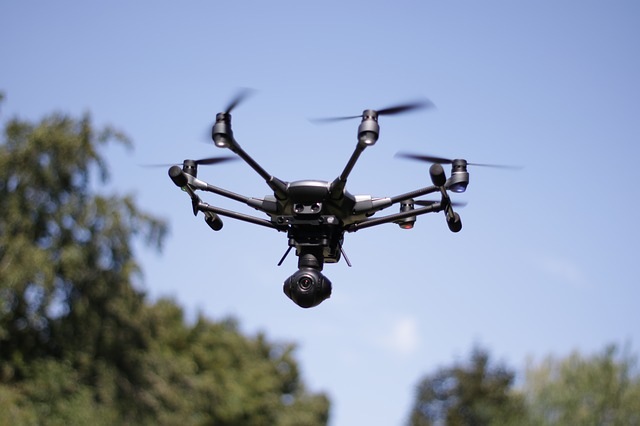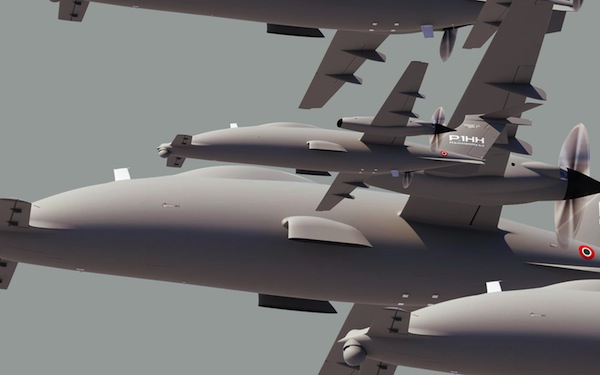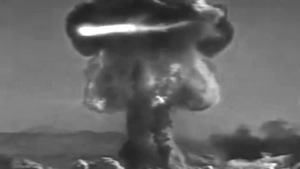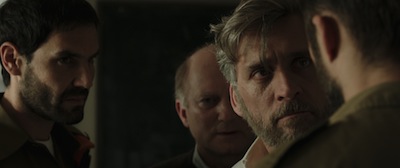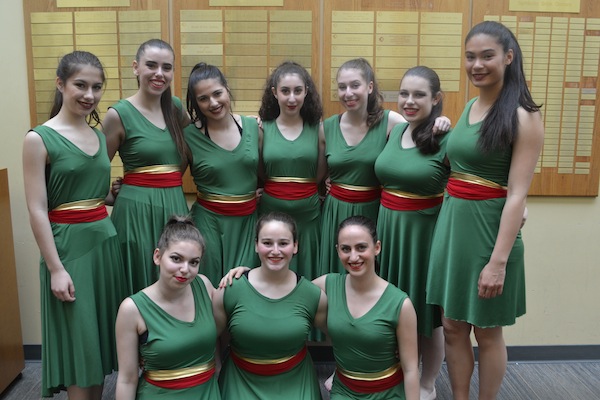רכישה ראשונה: קנדה החליטה לרכוש את המטוס המפציץ החמקן אף שלושים וחמש
לאור פלישת רוסיה לאוקראינה הבינו בקנדה שיש להיערך ברצינות לאיומים שבדרך. ממשלת קנדה הליברלית בראשות ראש הממשלה, ג’סטין טרודו, החליטה סוף סוף לרכוש מטוסי קרב אמריקנים חדישים. מדובר על המטוסים המפציצים החמקנים מסוג אף שלושים וחמש, מתוצרת לוקהיד מרטין. כך אישרה בהודעתה לעיתונות שרת ההגנה הקנדית, אניטה אנאנד. ממשלת קנדה העדיפה איפוא את המטוסים האמריקנים על פני מטוסי גריפן של חברת סאאב השבדית. המטוסים החדישים האמריקנים יחליפו את המטוסים הישנים של חיל האוויר הקנדי מסוג סי.אף שמונה עשרה. בעבר ממשלת קנדה השמרנית בראשות ראש הממשלה דאז, סטיבן הרפר, החליטה לרכוש את מטוסי הקרב האמריקנים המפציצים החמקנים החדישים. אך לאחריה ממשלת טרודו הורידה את הנושא מסדר היום שלה לפני למעלה משש שנים, כאמור עד ימים אלה. אין ספק שהמשבר החמור הנוכחי באוקראינה השפיע על ממשלת טרודו, שהודיעה כאמור על פתיחת המשא ומתן רציני עם היצרנית לוקהיד מרטין, לרכישת המטוסים היקרים
ממשלת טרודו תרכוש בסך הכל שמונים ושמונה מטוסים בסכום אדיר של כחמישה עשר מילארד דולר (אמריקני), עבור חיל האוויר הקנדי. בחודשים הקרובים צפויה להיחתם עסקת הענק בין הצדדים. בשלב ראשון יסופקו לקנדה שלושים וחמישה מטוסים מסוג האף שלושים וחמש, וזאת בתוך שלוש השנים הבאות
יצויין שבמקרה חירום צבאות ארצות הברית וקנדה יגנו במשותף על המרחב האוויר של שתי המדינות המקיימות יחסי שכנות ידידותיים הדוקים מאוד. ובמקרה כזה שתי המדינות יוגדרו כמדינה אחת
עם תחילת העבודה של יצור מטוסי המפציצים החמקנים אף שלושים וחמש, שהושקעו בו למעלה מארבע מאות מילארד דולר (אמריקני), גייסו האמריקנים שבע מדינות נוספות, שיתתפו בפרוייקט היוקרתי והיקר. מדובר במדינות הבאות: קנדה, בריטניה, איטליה, הולנד נורווגיה, דנמרק ואוסטרליה. תשע מדינות נוספות הבטיחו לאמריקנים לרכוש אף הן את המטוסים אף שלושים וחמש היקרים. מדובר במדינות הבאות: ישראל, בלגיה, פינלנד, גרמניה, יפן, פולין, סינגפור, דרום קוריאה ושווייץ
רכישה שנייה: אלביט מערכות תספק מערכת אווירית לצבא קנדה בסכום של כתשעה מיליון דולר אמריקני
חברת אלביט מערכות הישראלית אמורה לספק מערכת שליטה ובקרה לצבאי הקנדי, בסכום של כתשעה מיליון דולר (אמריקני). המערכת אמורה להציג תמונה אווירית מלאה ולאפשר תיאום יעיל ובקרה של כלי הטיס במרחב הקנדי. וכן תקשור ליישומים ולמערכות שליטה ובקרה קיימות של צבא קנדה. המערכת החדישה של אלביט מערכות שתסופק לצבאי של קנדה, תתמוך במשימות אוויריות ובפעולות צבאיות משותפות של פיקוד היבשה, פקיוד האוויר והפיקוד המשותף. המערכת האווירית מבוססת על מערכת צבא “יבשה” דיגיטלית שאלביט מערכות פיתחה לפני מספר שנים, ונמצאת בשימוש פעיל על ידי צה”ל
ממשלת קנדה בראשות ראש הממשלה, ג’סטין טרודו, החליטה לרכוש את המערכת של אלביט מערכות הישראלית, במסגרת פרויקט שדרוג מערך התיאום האווירי של הכוחות הטקטיים. הצבא הקנדי יש לציין, רוצה כבר זמן רב מערכת דיגיטלית שתאפשר התמצאות מצבית במרחב האווירי, תוך תיאום אווירי משופר וניהול המערך שלו על ידי מטה הפיקוד הצבאי
יצוין כי אלביט מערכות זכתה לאחרונה במכרז ענקי של חיל האוויר של איחוד האמירויות, לאספקת מערכות הגנה מבוססות לייזר אינפרה אדום, ומערכות לוחמה אלקטרוניות – בסכום של חמישים ושלושה מיליון דולר (אמריקני)
במקביל אלביט מערכות זכתה לאחרונה במכרז נוסף גדול של חיל האוויר של בריטניה, לאספקת מערכות אלקטרוניות להגברת יכולות הלוחמה – בסכום של כמאה מיליון דולר (אמריקני)

